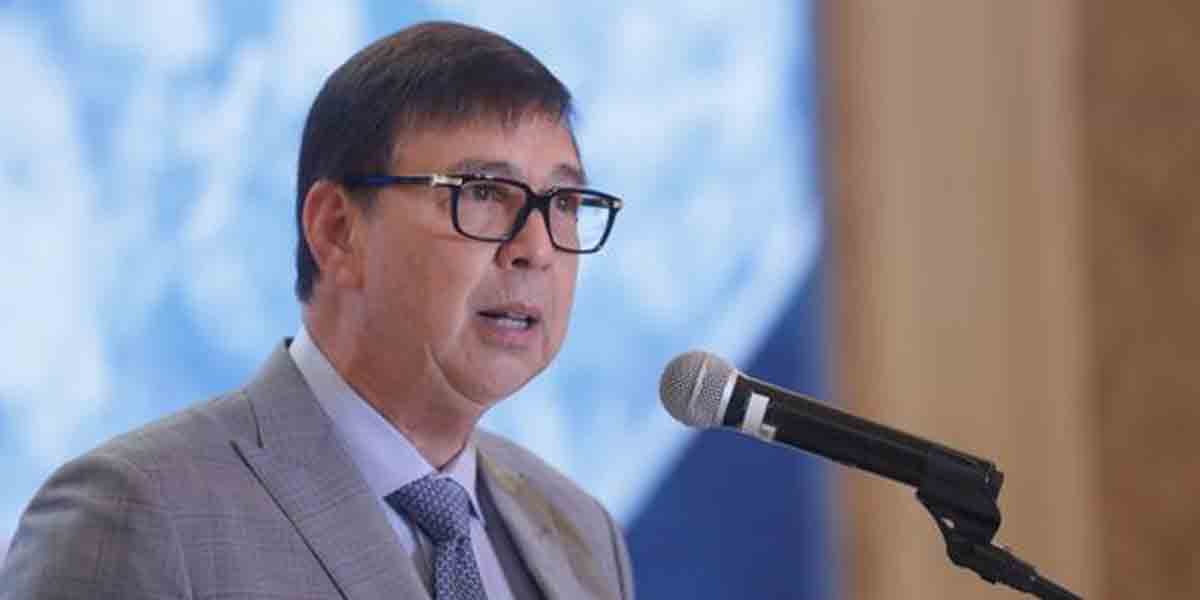By Nigel Green
Asia is likely to become the largest market for non-fungible tokens (NFTs) within the next two years, as interest in this new digital asset class takes the art, fashion, music and sports worlds by storm.
NFTs are one-off digital assets that are verified through blockchain technology, giving buyers certificates of authenticity and ownership. They produce unique, non-interchangeable digital tokens, and can be bought and sold like any other assets or property but do not have a tangible form in the physical world.
A growing number of globally established brands are becoming increasingly involved in the NFT market, including the US National Basketball Association (NBA) and Sotheby’s.
The latter, a traditional auction house, held a three-day auction of NFTs by an anonymous artist two weeks ago.
Meanwhile, Christie’s last month sold “Everydays” the First 5000 Days,” a digital artwork in JPEG form by an artist known as Beeple, for US$69.3 million – making it the third-most-expensive work ever sold by a living artist. It was bought by the Chinese founder of a cryptocurrency firm.
The virtual hype about NFTs is very real, and traditionalist investors who dismiss them as a passing fad are fooling themselves.
So why am I confident that Asia will become the world’s largest space for them? For four key reasons.
First, our daily lives are becoming ever more tech-driven – and this is picking up momentum all the time. Nowhere is this more true than in Asia, where there is already the highest level of adoption of tech products with advanced features, according to most research, including a detailed study by the German market research institute GfK. There is no reason for this not to extend to NFTs.
Second, it is about demographics. With a growing middle-class segment with increasing spending power and a younger demographic – who are “digital natives,” having grown up under the ubiquitous influence of the Internet and other technologies – there will be increasing demand for tech-orientated products such as digital investments.
Third, China – the world’s second-largest and Asia’s largest economy – has recently been making bullish comments about cryptocurrencies, which are the way NFTs are bought.
Normally, the People’s Republic embraces new tech ahead of much of the rest of the world – we just have to look at the ubiquitous usage of QR codes and live-streaming – yet cryptocurrencies have been in a regulatory quagmire in China. But this now seems to be changing.
It is shifting toward digital currencies and blockchain, the technology on which crypto runs. In March, they were mentioned in a draft of China’s national Five-Year Plan, the first time the groundbreaking tech has appeared in any official documentation.
In April, shortly after China launched its own digital currency, the digital yuan, the National Development and Reform Commission told a news conference, “China will find its own way for NFTs to grow, and policies and regulations will follow.”
Fourth, NFTs are positively changing business models, especially in the creative industries, which are growing in economic, cultural and social importance across Asia.
Artists and musicians for example can provide enhanced virtual experiences for collectors and buyers, they can prove their works are not counterfeited, and they can include criteria to get royalties every time their works are resold in the future.
While NFTs are the hottest new digital asset class, I would still urge investors to exercise extreme caution. This market is still very young. But there’s no denying it is likely to explode in Asia.
Nigel Green founded deVere Group in 2002 from a single office in Hong Kong after discovering a niche market for expatriates in the financial services sector. Since then, it has grown to become one of the largest independent financial advisory organizations in the world with offices and clients across the globe.




















